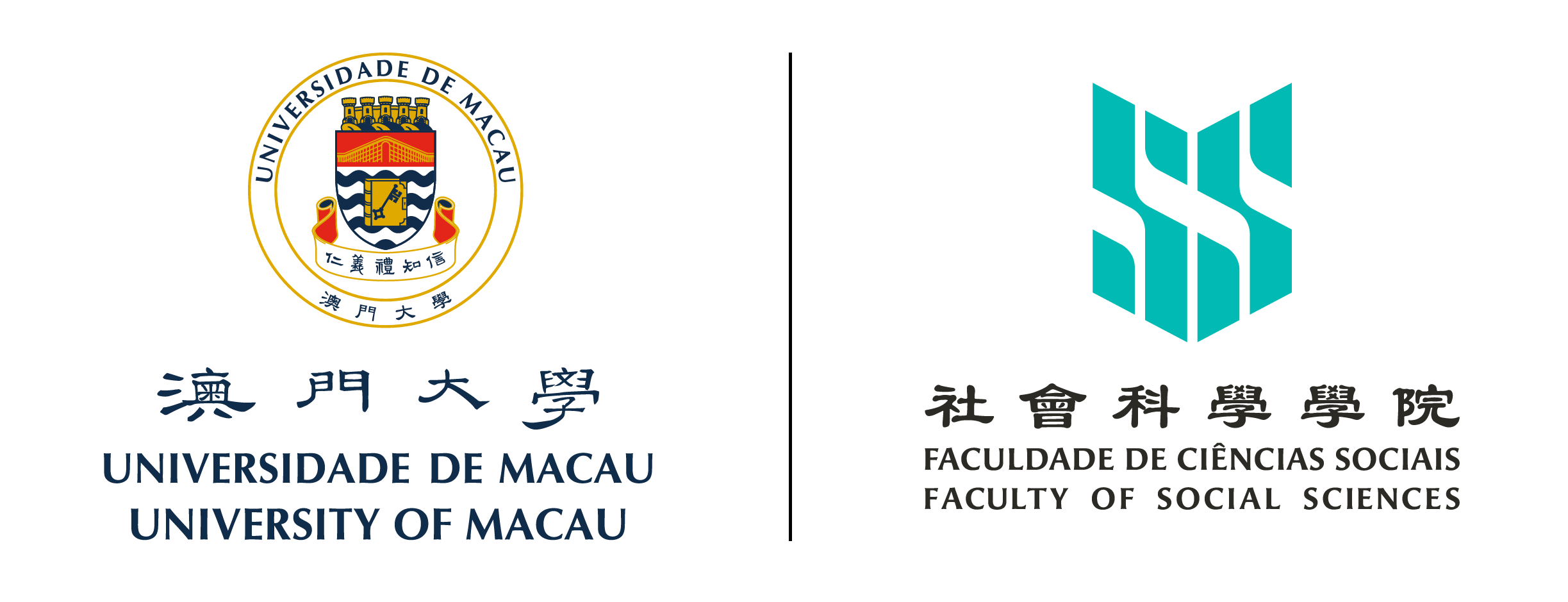The textbook “Introduction to Advanced Macroeconomics” is based on Barro, Chu & Cozzi (2017) and Barro, Chu Chi Hou, and Cozzi (2021), using a unified theoretical framework-dynamic general equilibrium model, and continuous-time dynamic optimization Mathematical methods explain business cycle theory and economic growth theory in a concise and clear way, building a bridge between intermediate and advanced macroeconomics textbooks, allowing undergraduates to have an in-depth understanding of modern developments in macroeconomics.
In the current macroeconomics textbook system, there is a disconnect between intermediate and advanced macroeconomics textbooks. The former lacks micro-foundations, while the latter uses too much mathematics, causing students to often find it difficult to learn advanced macroeconomics. Most intermediate macroeconomics textbooks focus on the IS-LM model and AD-AS model of Keynesian macroeconomics. These macroeconomic models lack micro-foundation and use comparative static analysis as the main research method, which is different from the current mainstream macroeconomics. The research methods are quite different. Barro, Chu & Cozzi (2017) and its Chinese translation Barro, Chu Chi Hou, and Cozzi (2021), based on a complete microeconomic framework, constructed an equilibrium business cycle model and expounded the short-term and Long-term macroeconomic models.
The advantage of this book is that it uses the simplest possible mathematical tools and an easy-to-understand method to systematically introduce the theoretical framework and research methods of modern macroeconomics to senior undergraduates and junior graduate students, and prepares them for further study of advanced macroeconomics. and lay a solid foundation for conducting academic research. This book is highly recommended for every economics major.
http://www.tup.tsinghua.edu.cn/booksCenter/book_09274301.html


